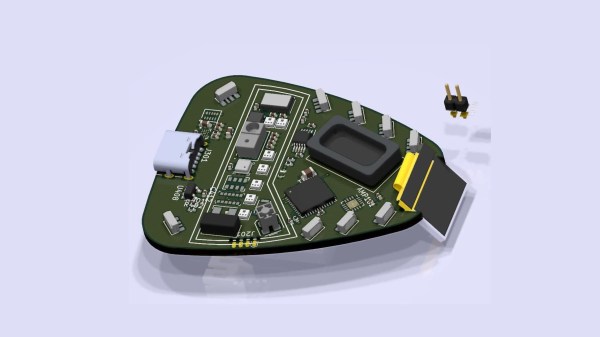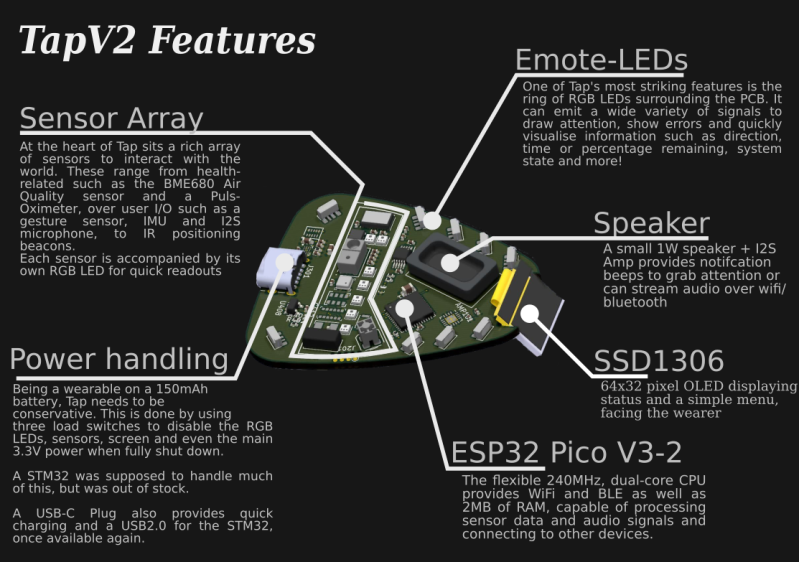If you remember anything from 1983, it’s likely to be some of the year’s popular culture highlights, maybe Return of the Jedi, or Michael Jackson’s Thriller. For anyone connected with the video gaming industry though, it’s likely that year will stick in the mind for a completely different reason, as the year of the infamous Great Video Games Crash. Overcapacity in the console market coupled with a slew of low quality titles caused sales to crash and a number of companies to go out of business, and the console gaming world would only recover later in the decade with the arrival of the Japanese 8-bit consoles from Nintendo and Sega. You might expect Atari to shy away from such a painful period of their history, but instead they are embracing it as part of their 50th anniversary and launching three never-released titles on cartridges for their 8-bit 2600 console.

The three games, Yars’ Return, Aquaventure, and Saboteur, are all unreleased titles from back in the day that never saw publication because of the crash, and are being released as limited edition specials through AtariXP, a new venture that the company says will offer “previously unreleased titles from Atari’s expansive library, rare-and-hard-to-find Atari IP physical media, and improved versions of classic games“. It’s fairly obviously an exercise in satisfying the collector’s market rather than one of video game publishing, but it will be interesting to see what emerges. In particular we hope someone will tear down one of these cartridges; will they find a set of old-school EPROMs inside or an EPROM emulator sporting a microcontroller and other 2020s trickery?
This is not of course the first time we’ve reported on collectable 2600 cartridges, but these ones haven’t spent 30 years in a landfill site.
Header image: Evan-Amos, Public domain.



![The legendary Technics SL1200 direct-drive turntable, as used by countless DJs. Dydric [CC BY-SA 2.5)], via Wikimedia Commons.](https://hackaday.com/wp-content/uploads/2017/02/640px-technics_sl-1200mk2-2.jpg?w=400)


















